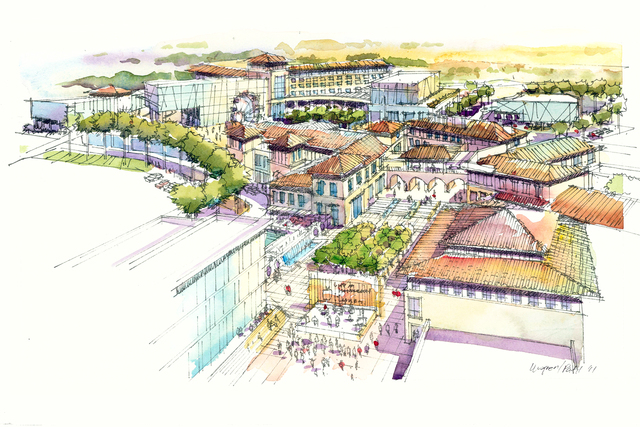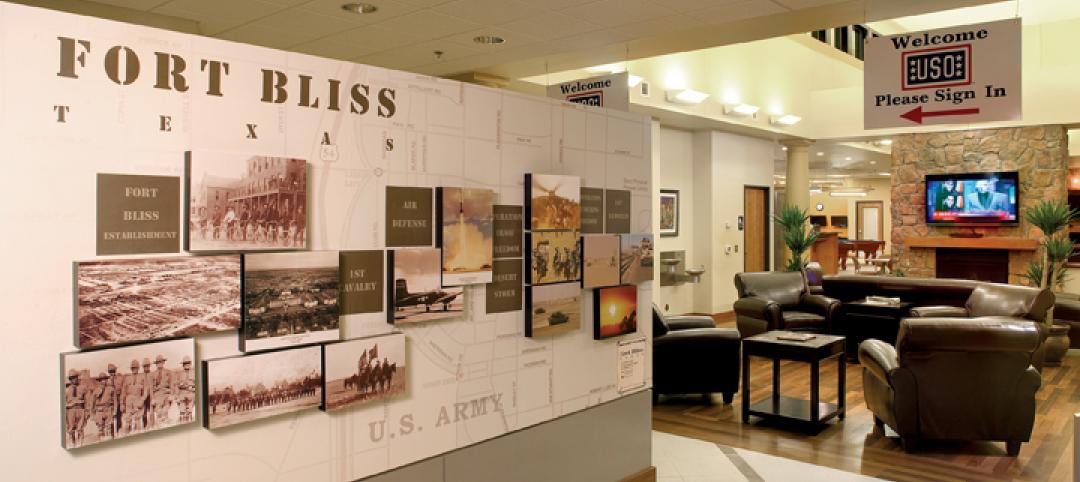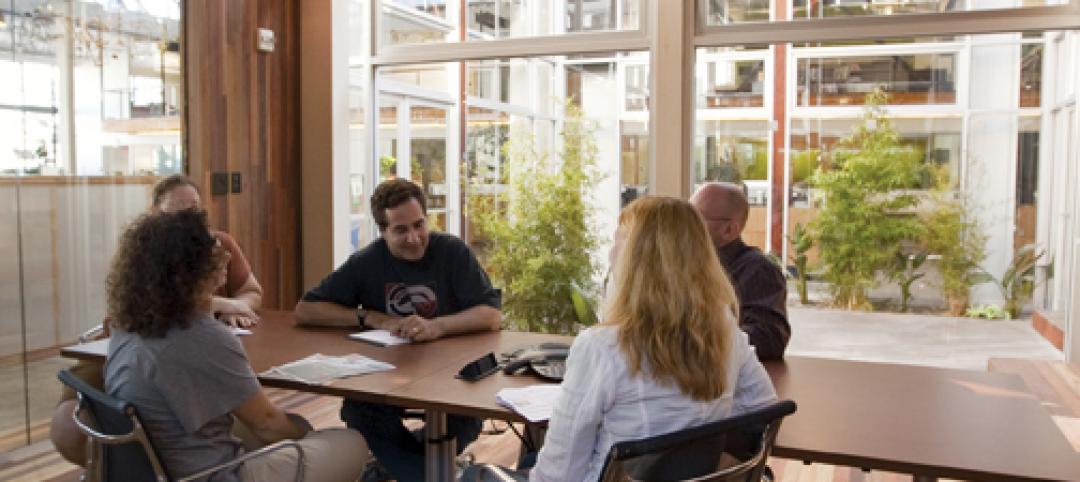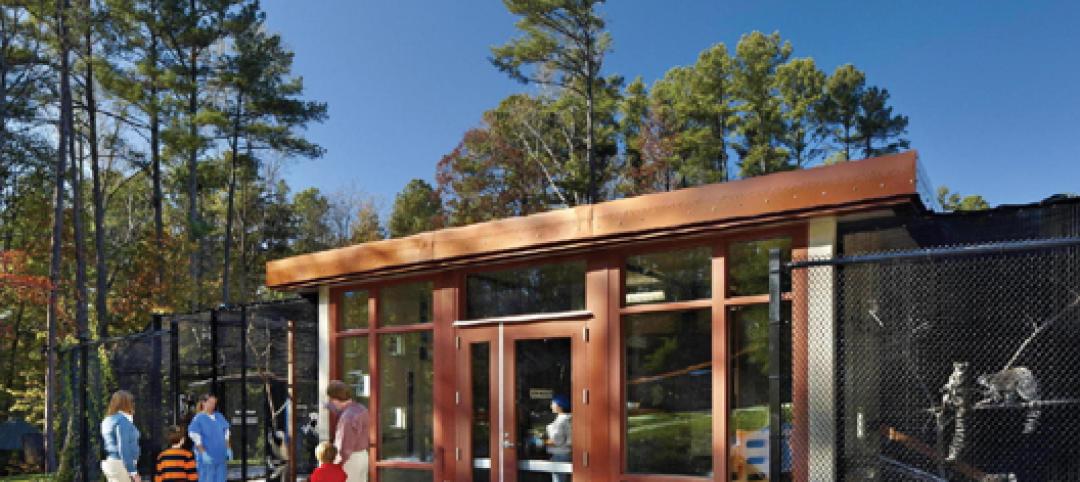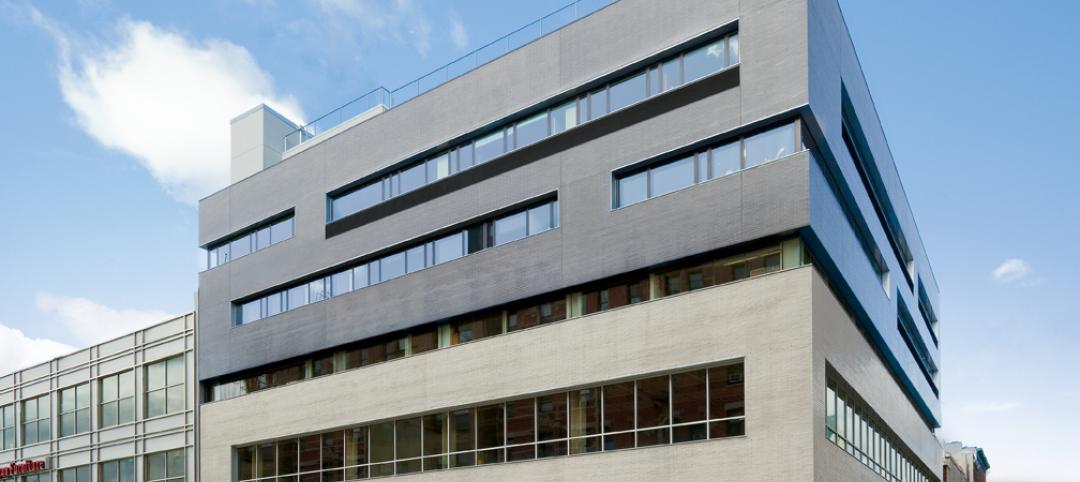Touted as the world’s largest healthcare project, the 170-unit, $1.2 billion Union Village finally broke ground on October 8 in this Las Vegas suburb.
The village, which has been in the works since 2010, is set to start construction early next year, with the first building being an acute-care hospital on 38 acres, according to the Las Vegas Journal-Review. The Valley Health System purchased this land for this facility, which will be its sixth hospital in the state.
The complex is slated to include a 315-bed hospital, and 200-bed nursing facility with long-term acute care, Alzheimer’s care, and assisted living, Healthcare Finance News reports. The hospital and medical center are scheduled to open in late 2016, according to the Journal-Review.
The goal of this village, according to its website, is to create a live-work-play environment that integrates world-class healthcare with retail, entertainment, cultural and residential centers. Nevada Gov. Brian Sandoval, who attended the groundbreaking, calls the village “a Gateway between the city of Henderson and all of Nevada.” And its medical facilities will provide all levels of healthcare whatever the age of the patient.
In April 2011, the city of Henderson approved an agreement to sell a 151 acres of city-owned property for this project for $11.6 million, according to the Las Vegas Sun’s website. At the time it quoted David Mathis, president and CEO of the Nevada Health Care Alliance, who said Union Village would provide a much-needed boost to medical infrastructure in Southern Nevada.
Craig Johnson, a senior living veteran of 20 years and the founder of Union Village, said the village would consist of four parts: the medical facilities in Union Centre; retail, offices, and residential apartments in Union Plaza; a senior community in Union Place; and a civic and cultural center in Union Park.
The buildout is expected to take a decade, reports Healthcare Finance News. The project will create 5,000 construction jobs and 12,000 healthcare and retail jobs, as well as contribute $5 billion to local and state coffers through income and property taxes over its anticipated 80-year lifespan.
Housing for 1,000 seniors will be built, along with at least 350 market-rate condominiums, Johnson told the Journal-Review. The village complex is also expected to include a movie theater, health club and hotel.
The Building Team includes: Hammes Company, Haskell, HKS, Juliet Cos., and Penta Building Group.
Related Stories
| Jan 25, 2011
Bloomberg launches NYC Urban Tech Innovation Center
To promote the development and commercialization of green building technologies in New York City, Mayor Michael R. Bloomberg has launched the NYC Urban Technology Innovation Center. This initiative will connect academic institutions conducting underlying research, companies creating the associated products, and building owners who will use those technologies.
| Jan 25, 2011
Top 10 rules of green project finance
Since the bottom fell out of the economy, finding investors and financial institutions willing to fund building projects—sustainable or otherwise—has been close to impossible. Real estate finance prognosticators, however, indicate that 2011 will be a year to buy back into the real estate market.
| Jan 25, 2011
Chicago invented the skyscraper; can it pioneer sustainable-energy strategies as well?
Chicago’s skyline has always been a source of pride. And while few new buildings are currently going up, building owners have developed a plan to capitalize on the latest advances: Smart-grid technologies that will convert the city’s iconic skyline into what backers call a “virtual green generator” by retrofitting high-rise buildings and the existing electrical grid to a new hyper-connected intelligent-communications backbone.
| Jan 25, 2011
AIA reports: Hotels, retail to lead U.S. construction recovery
U.S. nonresidential construction activity will decline this year but recover in 2012, led by hotel and retail sectors, according to a twice-yearly forecast by the American Institute of Architects. Overall nonresidential construction spending is expected to fall by 2% this year before rising by 5% in 2012, adjusted for inflation. The projected decline marks a deteriorating outlook compared to the prior survey in July 2010, when a 2011 recovery was expected.
| Jan 25, 2011
Jester Jones Schifer Architects, Ltd. Joins GPD Group
GPD Group is excited to announce that Jester Jones Schifer Architects, a Marion-based architectural firm, has joined our firm, now enabling GPD Group to provide architectural services to the Central-Ohio market.
| Jan 21, 2011
Combination credit union and USO center earns LEED Silver
After the Army announced plans to expand Fort Bliss, in Texas, by up to 30,000 troops, FirstLight Federal Credit Union contracted NewGround (as CM) to build a new 16,000-sf facility, allocating 6,000 sf for a USO center with an Internet café, gaming stations, and theater.
| Jan 21, 2011
Manufacturing plant transformed into LEED Platinum Clif Bar headquarters
Clif Bar & Co.’s new 115,000-sf headquarters in Emeryville, Calif., is one of the first buildings in the state to meet the 2008 California Building Energy Efficiency Standards. The structure has the largest smart solar array in North America, which will provide nearly all of its electrical energy needs.
| Jan 21, 2011
Primate research facility at Duke improves life for lemurs
Dozens of lemurs have new homes in two new facilities at the Duke Lemur Center in Raleigh, N.C. The Releasable Building connects to a 69-acre fenced forest for free-ranging lemurs, while the Semi-Releasable Building is for lemurs with limited-range privileges.
| Jan 21, 2011
Harlem facility combines social services with retail, office space
Harlem is one of the first neighborhoods in New York City to combine retail with assisted living. The six-story, 50,000-sf building provides assisted living for residents with disabilities and a nonprofit group offering services to minority groups, plus retail and office space.


